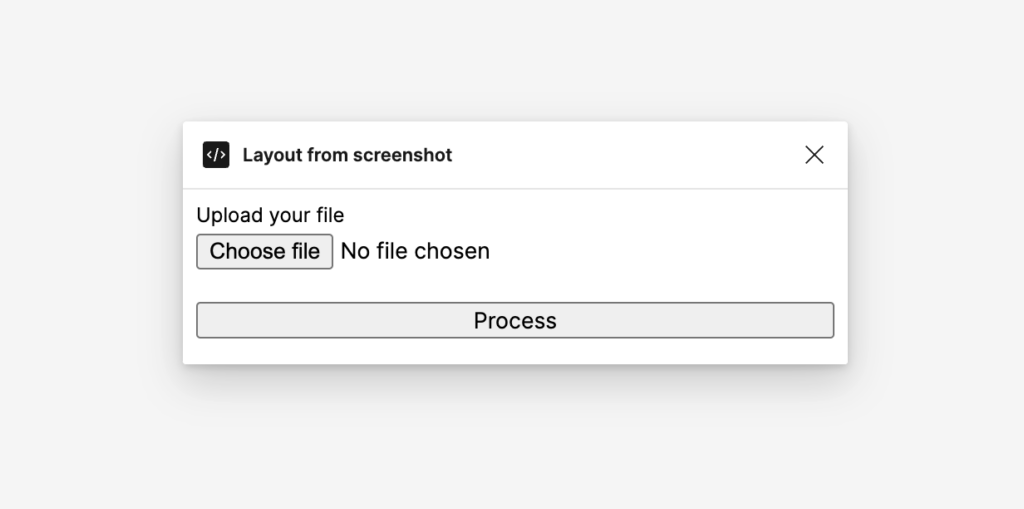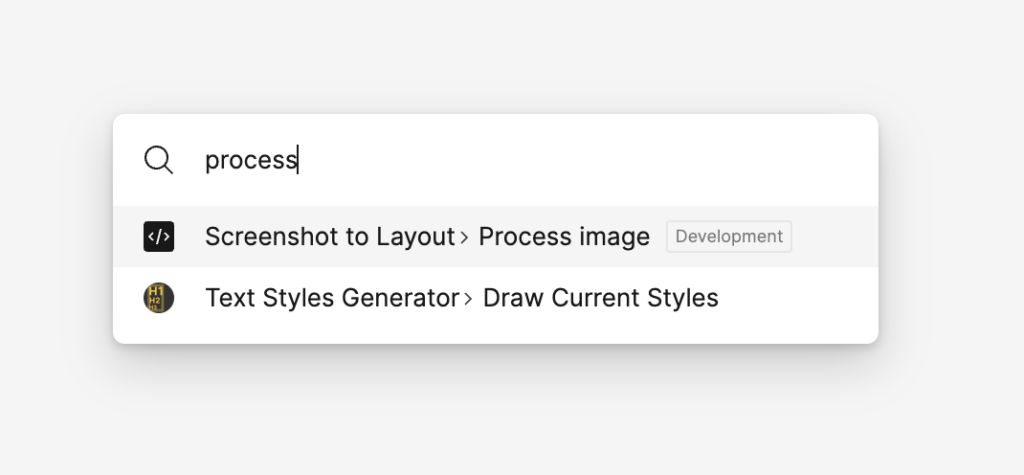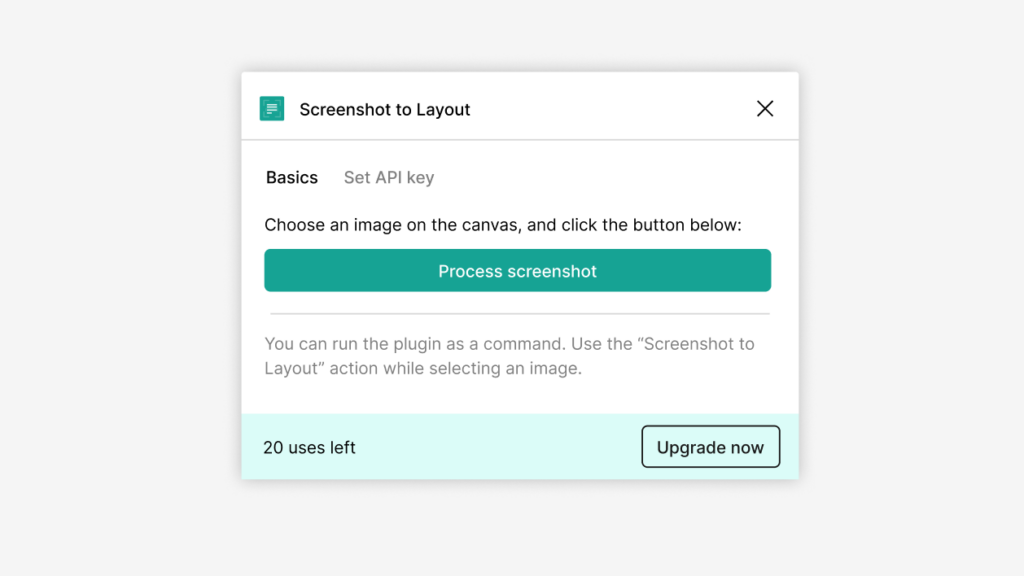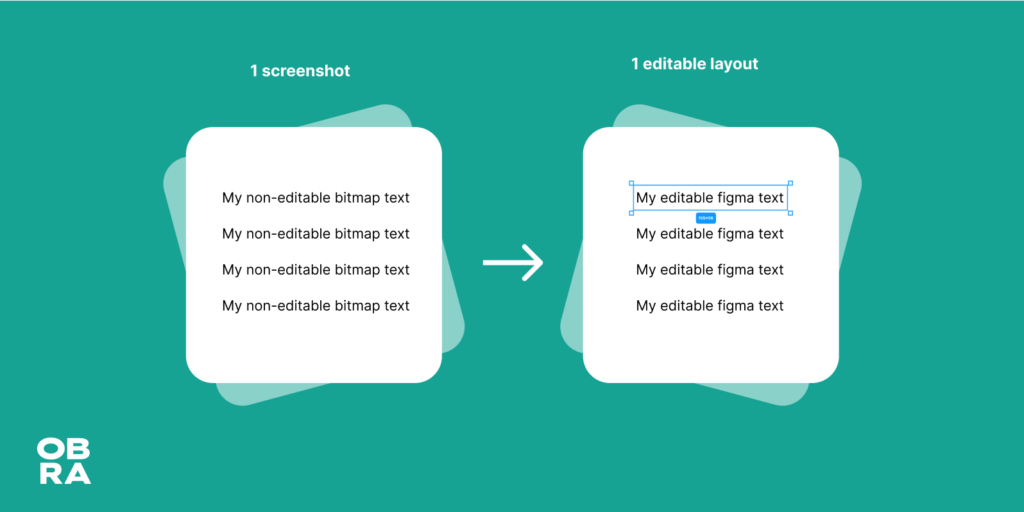It’s the start of month four of my bootstrapping journey.
In June I stated I wanted to build something in public, build something that’s real and provides value, see if ideas get traction, and experiment or learn new things.
I have some doubts about the “build in public” part, since essentially you are sharing all your built-up IP for someone to take it. I’ve always been of the school of thought that even if people might take your work, they must also be able to do something with it and that requires certain skills. Increasingly those skills are becoming mainstream, and it’s becoming easier than ever to learn anything; thus maybe some IP protection is in order.
It kind of nags in the back of my mind that when building in public basically you are sharing all your business “secrets”. Des Traynor said it interestingly on X: “If you think you’re building “massively disruptive, AI first” product, it’s important to make sure you’re not just doing unpaid R&D for the incumbents.” I also feel like what most people are sharing in their “build in public” story is really only the pretty parts and not the doubts, the problems and the negative thoughts. I’ve started reading The messy middle, and that’s exactly what that book is about.
Anyway, I felt like I wanted to do a little project before jumping into the “big” one. Mostly because of timing – I am going on a holiday, and I want to have a clean break before and after the holiday.
The little project I’ve tackled over the past 2-3 weeks is Obra Icons
That bootstrapped project time I have is approx. 2-3 days a week now. This is new and a change of schedule: the months before I just did everything in my free time.
I am considering using that time in my schedule in the future to tackle my main idea (see this post), or alternatively to find a second consulting project. For the main idea I am looking for a (technical) co-founder because it’s not something to just do by myself.
An alternative scenario in my mind is that I can find a client in the US timezone with an exciting project. That’s why I now mention freelance availability on the general Obra website. Being in Mexico, we have overlapping timezones, I can easily travel to the US, and I’ve long wanted to work for a company with a US culture of getting it done.
Will the client come to me or will I have to do a deep search to find the ideal match? Will I find a business partner for BrandingKit? I am putting it out there – and I am starting networking and searching.
Back to Obra Icons – this has been an exciting project to work on. I feel like I managed to do a lot in not that much time:
- Design and develop the website at icons.obra.studio
- The setup to be able to sell the source files
- Improve the icons themselves with fellow designer Marina
- Work on the development of the Svelte package for Obra Icons: importing an icon in your project is as simple as writing
import { IconFish } from "obra-icons-svelte"
- See this REPL
- Work on the search aspect of the website, powered by AI to have a fuzzy search
- Iterate on the commercial and license aspect
The website is ready to use today, as well as the Svelte package.
The commercial aspect, which is about downloading the source files, is almost ready ready to go. For $20 you can download the source files, which should be super handy for any designer wanting to use and/or extend the icon set.
If you have any feedback about what’s already there I would love to hear it! E-mail me: letsbootstrap@johanronsse.be.
Looking a small bit ahead, I’m excited to visit South-Korea and China the next few weeks.
I’m looking into some reading – re-read The Innovator’s Dilemma, read The messy middle, and maybe play something new on my Nintendo Switch. If you have reading or gaming tips, be sure to let me know.
Over and out!






